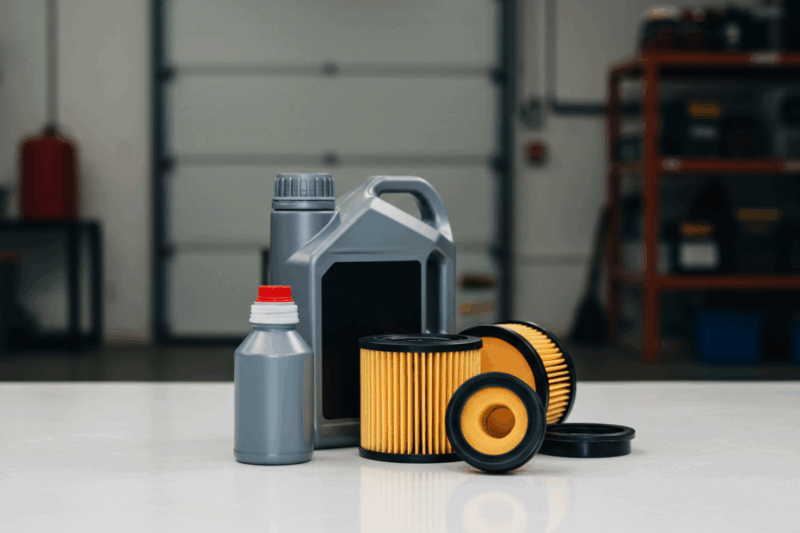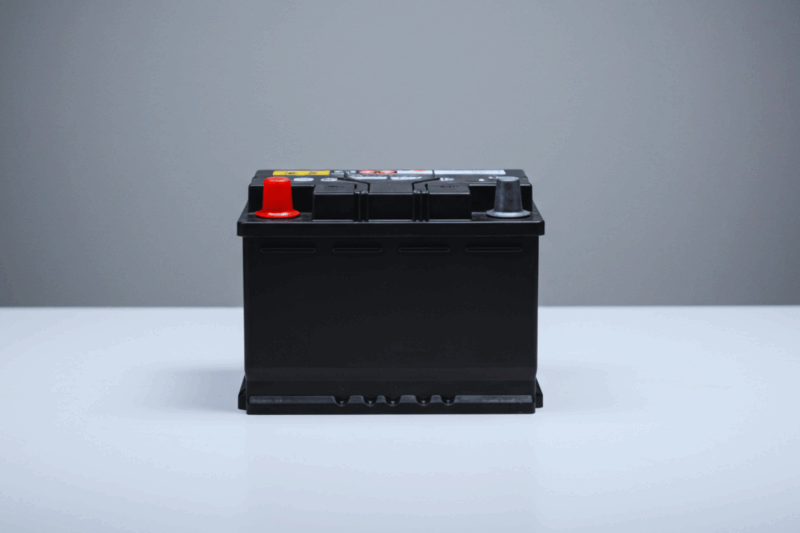The check engine light is one of the most recognizable indicators on your vehicle’s dashboard, yet it often causes confusion and concern among drivers. While it may seem alarming when this light illuminates, it’s important to understand that not every instance signals a catastrophic issue. In this blog post, we’ll explore common reasons why your check engine light might be on and guide you on when it’s time to take immediate action.

What Does the Check Engine Light Mean?
The check engine light is part of your vehicle’s onboard diagnostic system (OBD-II). When the light comes on, it means your car’s computer has detected an issue with the engine, emissions system, or other critical components. The severity of the problem can range from minor to significant, which is why understanding the potential causes is essential.
Common Reasons for a Check Engine Light
- Loose or Damaged Gas Cap: One of the simplest and most overlooked reasons for a check engine light is a loose or damaged gas cap. The gas cap helps maintain pressure in the fuel system and prevents fuel vapors from escaping. If it’s not properly secured or cracked, the light may come on. → What to Do: Tighten the cap or replace it if damaged. If this resolves the issue, the light should turn off after a few driving cycles.
- Faulty Oxygen Sensor: The oxygen sensor measures the amount of unburned oxygen in your vehicle’s exhaust. A malfunctioning sensor can lead to reduced fuel efficiency and increased emissions. → What to Do: Have the sensor replaced promptly. Ignoring this issue could lead to further damage to your catalytic converter.
- Malfunctioning Catalytic Converter: The catalytic converter is crucial for reducing harmful emissions. If it fails, your vehicle may experience reduced performance and higher emissions levels. → What to Do: This is a serious issue that requires immediate attention from a qualified mechanic.
- Spark Plug or Ignition Coil Issues: Spark plugs ignite the air-fuel mixture in your engine, while ignition coils provide the necessary voltage. If either component fails, your engine may misfire or run poorly. → What to Do: Replace faulty spark plugs or ignition coils as soon as possible to prevent further engine damage.
- Mass Airflow Sensor Problems: The mass airflow sensor monitors how much air enters the engine and adjusts fuel delivery accordingly. A malfunctioning sensor can cause poor fuel economy and reduced performance. → What to Do: Replace the sensor and ensure your air filter is clean to avoid future issues.
- Other Issues: There could be additional reasons for a check engine light, such as problems with the exhaust gas recirculation (EGR) valve, thermostat, or even wiring issues. A diagnostic scan will pinpoint the exact cause.
Should You Worry?
➟ While not every check engine light indicates an immediate emergency, it’s important to address the issue sooner rather than later. Here’s how to assess the situation:
- Steady Light vs. Flashing Light
- A steady check engine light typically signals a non-urgent issue, such as a loose gas cap or minor sensor malfunction. You can continue driving but should schedule a diagnostic test soon.
- A flashing check engine light indicates a severe problem, such as an engine misfire that can cause damage to your catalytic converter. Stop driving immediately and seek professional assistance.
- Performance Changes
If you notice reduced power, stalling, or unusual noises along with the check engine light, these symptoms warrant immediate attention. - Diagnostic Scan
The best way to determine the cause of the check engine light is by using a diagnostic tool to read the trouble codes stored in your vehicle’s computer. Many auto repair shops and some auto parts stores offer this service.
Preventive Measures
➟ To minimize the chances of seeing your check engine light unexpectedly, follow these preventive tips:
- Perform regular maintenance, including oil changes and air filter replacements.
- Use high-quality fuel and avoid driving on an empty tank.
- Address small issues promptly before they escalate into larger problems.
Conclusion
When your check engine light comes on, don’t panic but don’t ignore it either. Understanding its potential causes can save you time, money, and stress in the long run. Whether it’s something as simple as tightening your gas cap or as serious as replacing your catalytic converter, addressing the issue promptly is key to keeping your vehicle running smoothly. If you’re unsure about the severity of the problem, consult a trusted mechanic for a professional diagnosis. After all, your car’s health is essential for your safety on the road.



![How to Check Your Tire Tread Depth at Home [No Tools Needed]](https://autoreviewzone.us/wp-content/uploads/2025/06/how-to-check-your-tire-tread-depth-at-home-no-tools-needed-800x533.png)